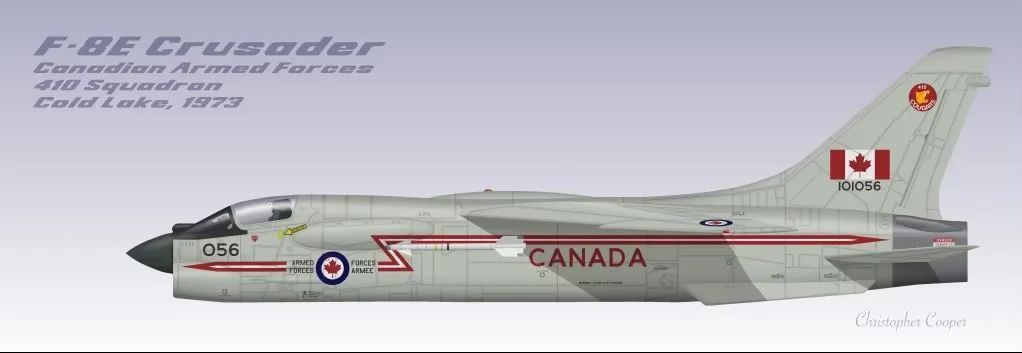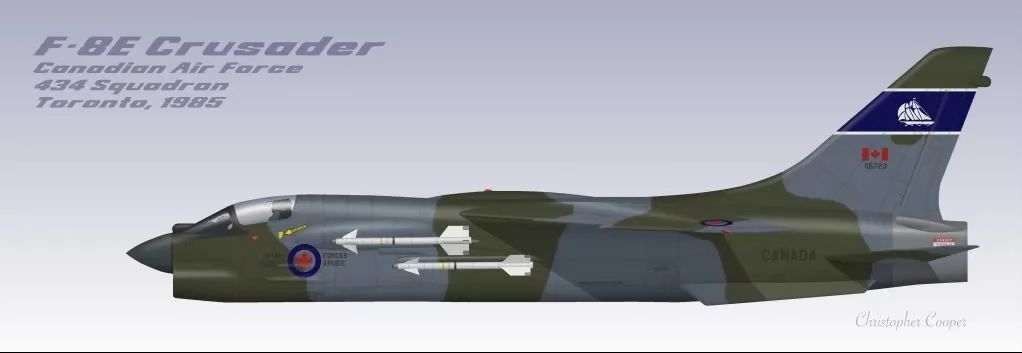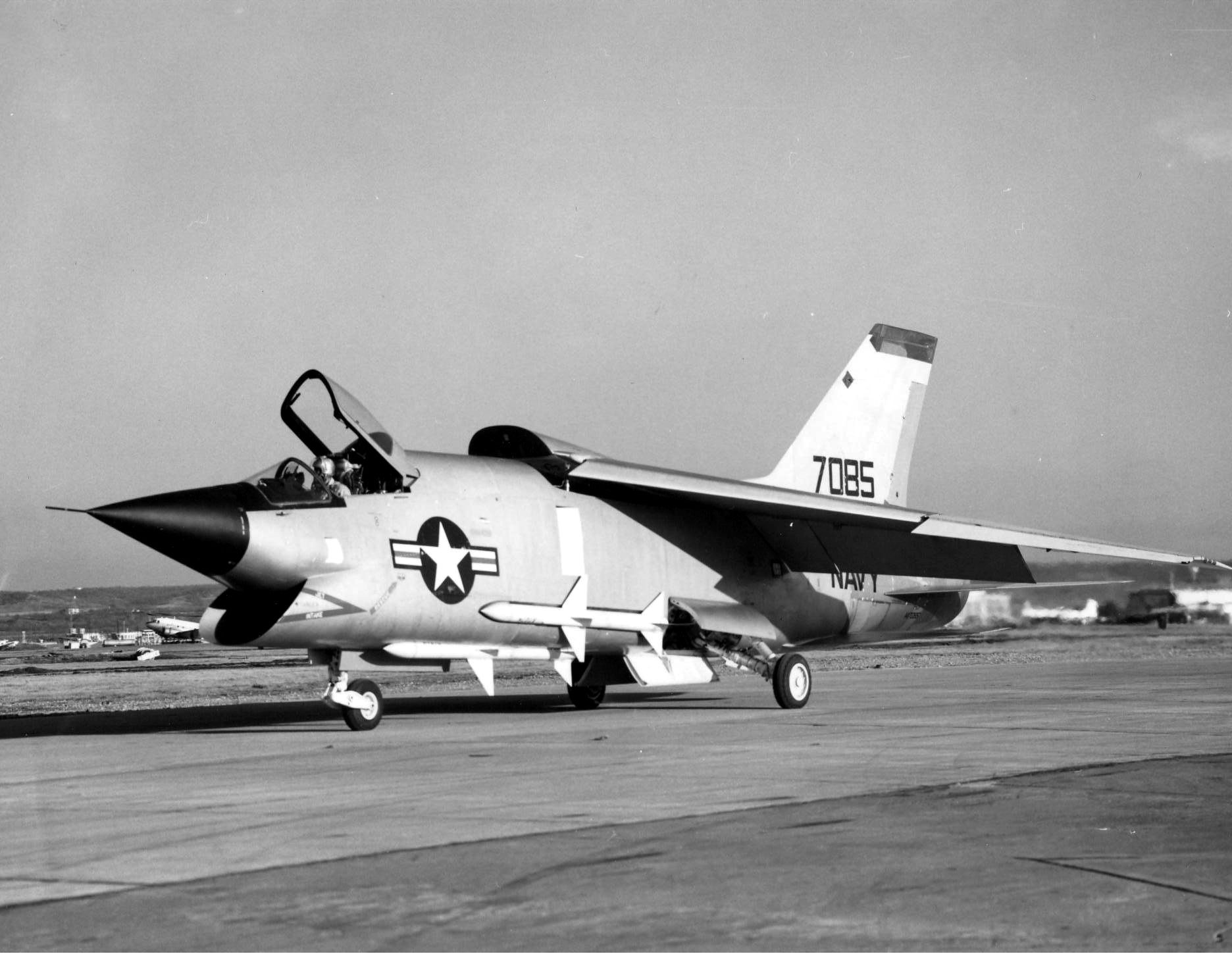What Canada really needed both at home and in Europe was the F4 Phantom.
Twin engined and with Sidewinder/Sparrow.
Rather like the RAF the domestic alternative would be as Phantomlike as possible.
Okay, a few things here ...
1: As noted earlier, the
Sparrow II never worked and the USN ended their involvement. The Navy may have been wise to do so ... but it left Canadair holding the bag and was a direct contributor to the CF-105 Mk.2 being cancelled. So, USN/RCAF relations may not have been the best in the Spring of 1959.
2: The RCAF's Air Defence Command was integrated into NORAD by 1957. So, by definition, the RCAF was inter-operating with the USAF. Why would DND have been considering a prototype naval fighter in 1959?
3: Assuming that the RCAF was interested in the YF4H-1 in 1959, would production F4H-1s have been made available (and only 45 x F4H-1/F-4A airframes were ever built). USN F-4Bs deliveries didn't begin until 1961 - by which time, as
riggerrob has noted, CF-101s were already in service (and under highly favourable conditions, it should be added).
4: AFAIK, not a single
Phantom was exported prior to 1968. (I mean, besides the
Spey-powered FG.1 naval fighters.)
5: You are proposing that 1 Air Division replace its single-seat, gun-armed, 17,580 lb MTOW
Sabre 6 tactical fighter with a 2-seat, missile-armed, 44,600 lb loaded, supersonic carrier fighter. With hindsight, we now know what a great 'land fighter' the F-4 would become. In 1959, this suggestion would have seemed utterly bonkers.




